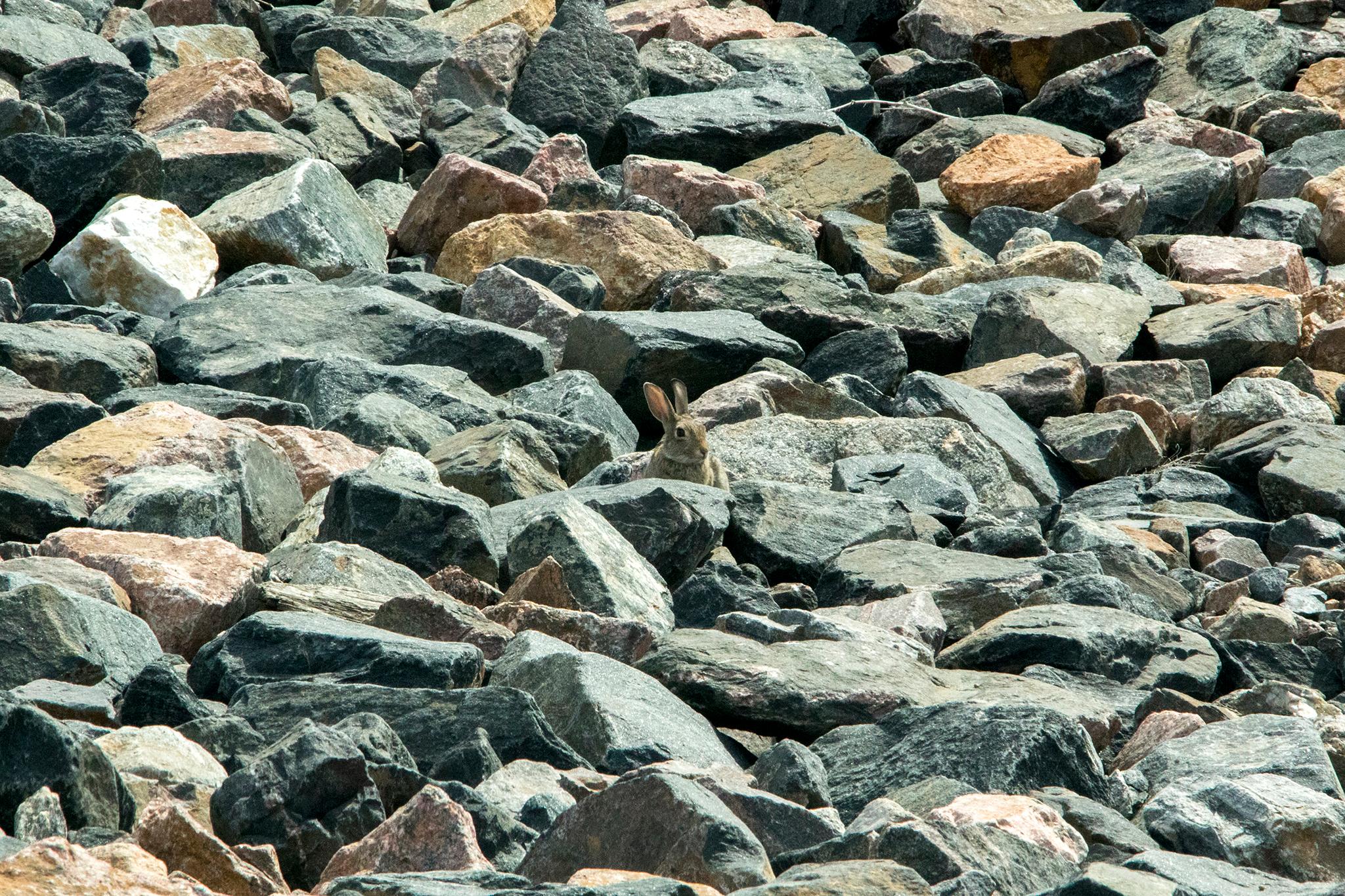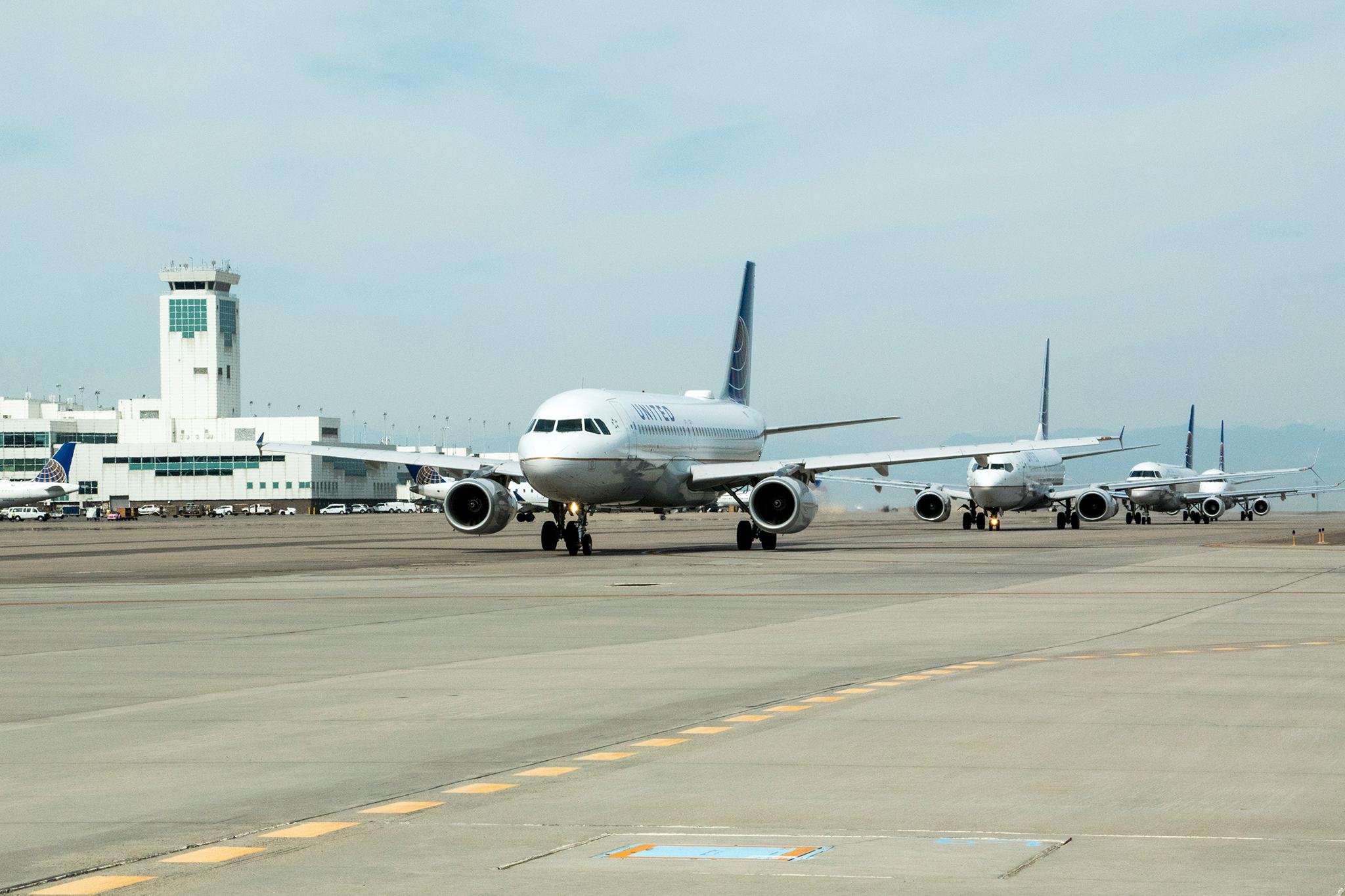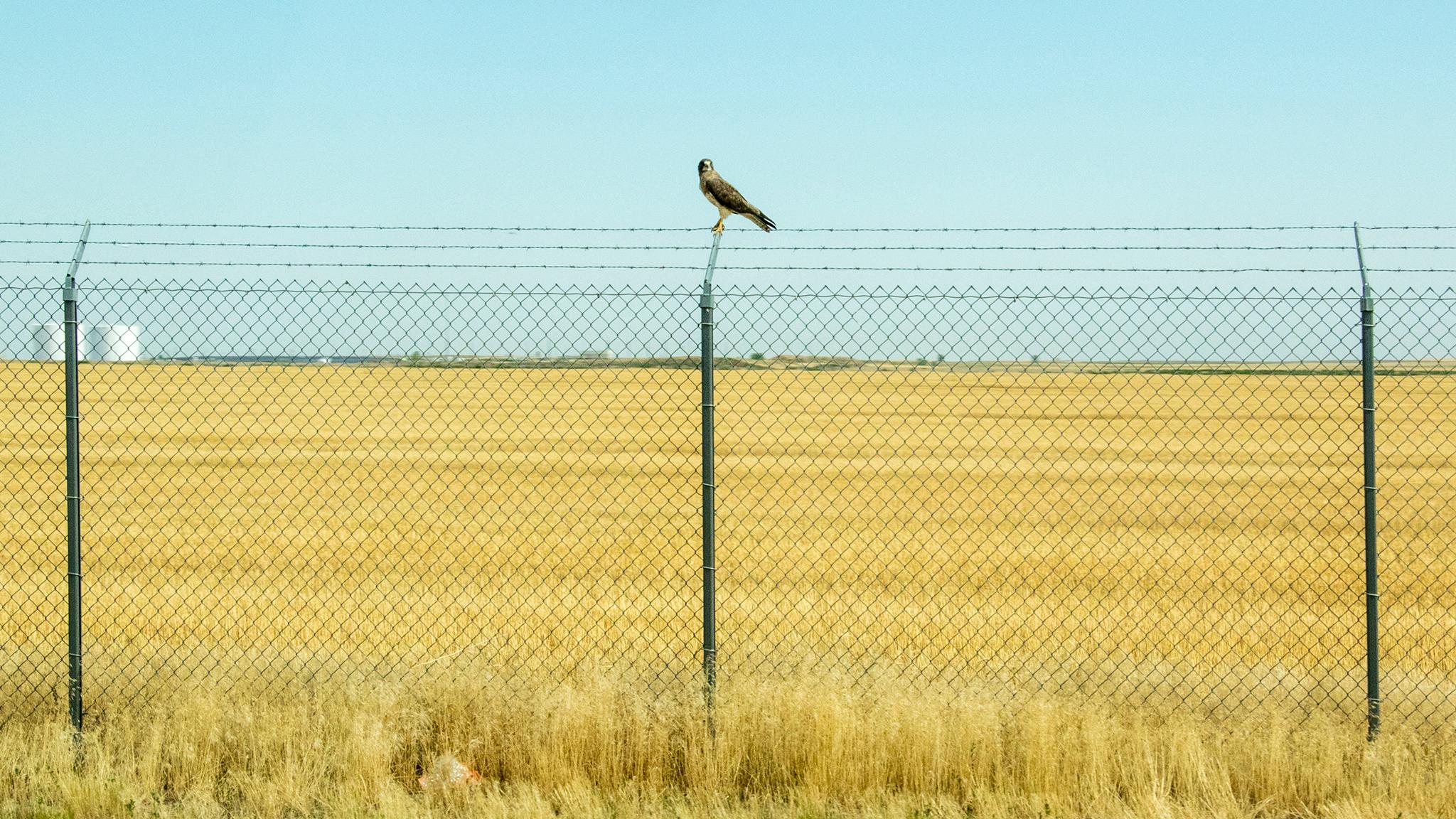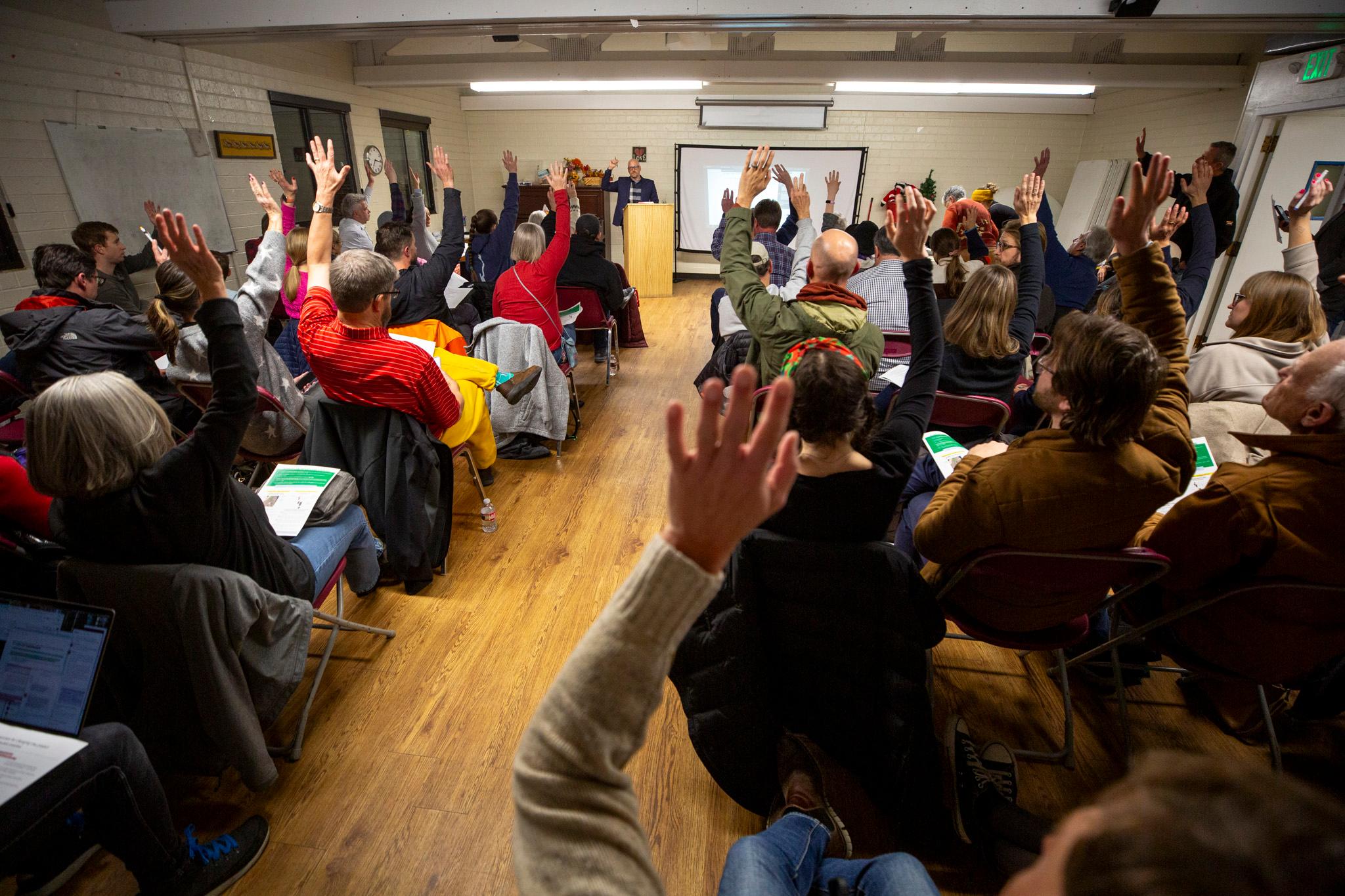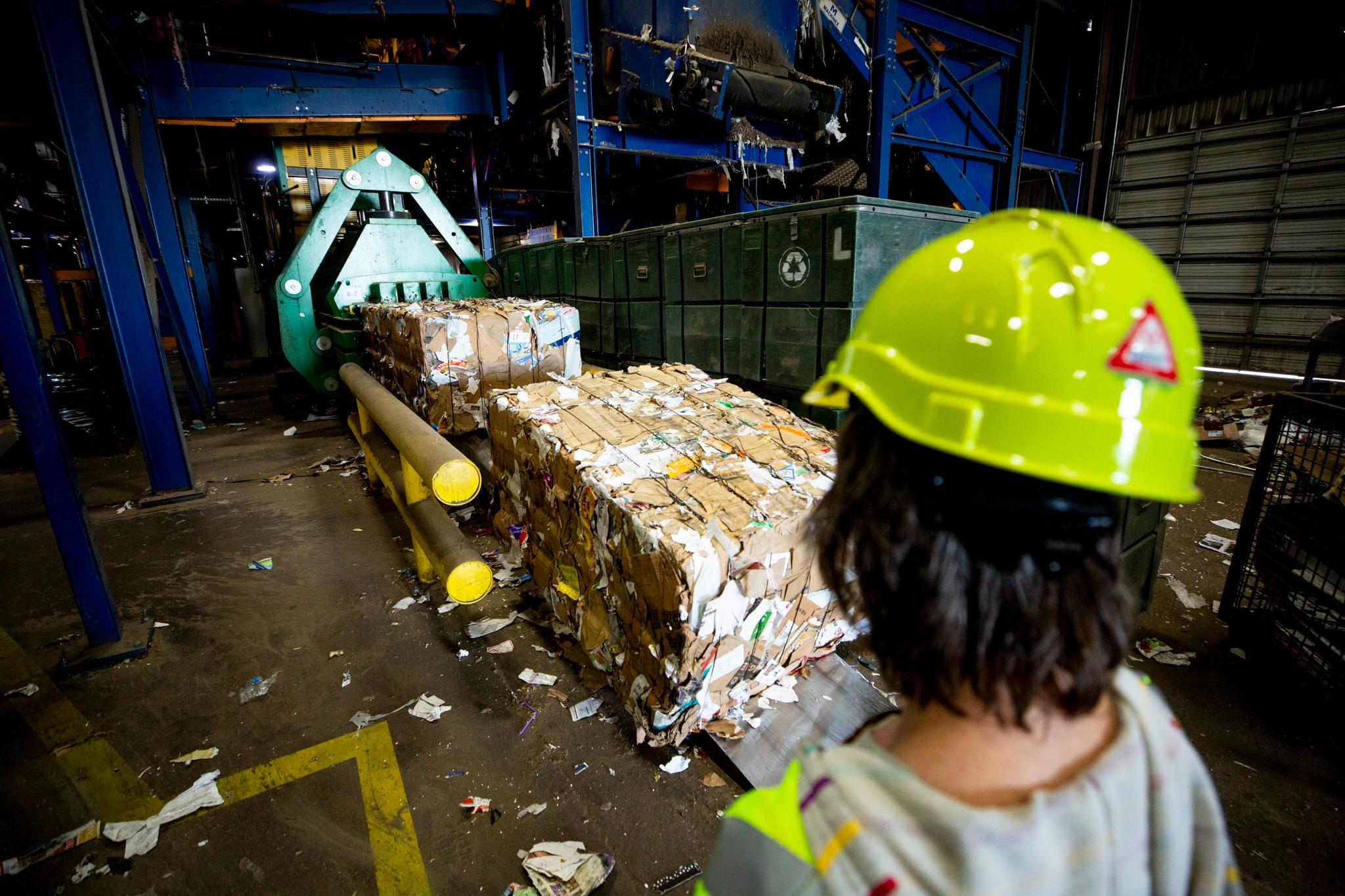Imagine you're a pilot taxiing on one of Denver International Airport's runways. You make your pithy remarks to passengers, you fire up the engines, reach takeoff speed, make liftoff, then, WHAM! You just hit a horned lark.
Sorry about that. But if you're flying out of DIA, this might not be your first collision with wildlife.
Almost ten years ago, the New York Times reported that airplanes at DIA hit more wildlife than any other American airport. That's still true today.
DIA was built on prairie land right smack in the middle of the Central Flyway, a corridor for migrating birds. It's also home to a lot of local species that hang out in this dangerous spot all year long.
It all adds up to a lot of work for a team of USDA managers whose sole job is to keep critters away from runways. Even though data shows there's a limit to what they can do about it, airport wildlife biologist Levi Hodson said his team works every day to keep the worst accidents from happening.
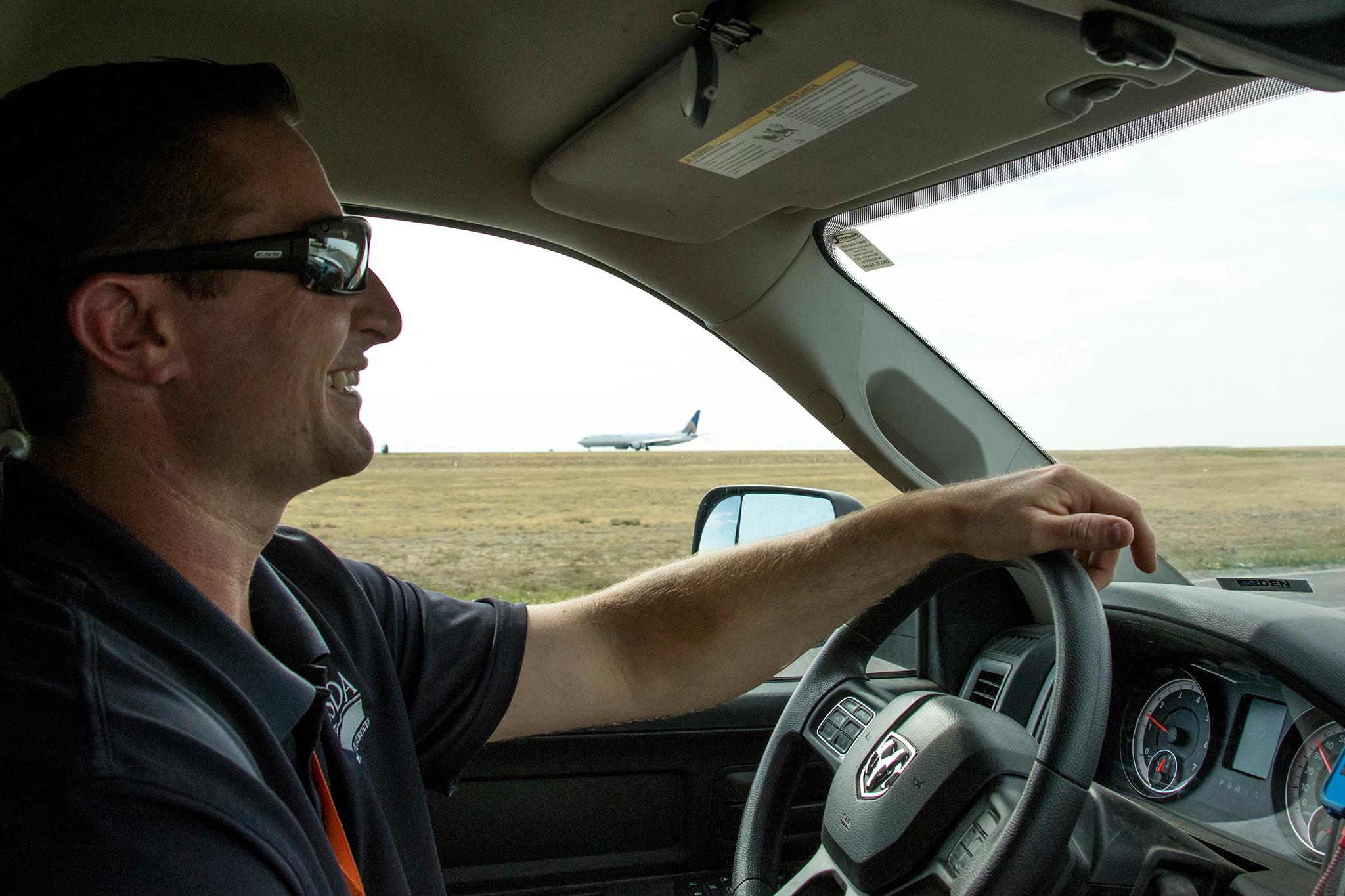
DIA is an ecosystem.
That 2009 story by the Times cited stats from the Embry-Riddle Aeronautical University, which aggregates and ranks voluntary FAA wildlife strike reports.
You, the pilot, probably filled out one of those reports, and maybe even identified the poor lark you took down. Its black stripes and tiny stature were a dead giveaway, plus, you probably had a run-in with his cousin last week, too.
Embry-Riddle's overall rankings show that DIA bests second-place-taker Dallas/Fort Worth International Airport by about 100 strikes each year. Between 2008 and 2018, DIA had 4,245 strikes compared to about 3,400 in Dallas, 2,000 at John F. Kennedy International in New York City and 1,000 at Los Angeles International.
We did our own analysis of DIA's strike data to break it down by species. While 62 jackrabbits and 29 prairie dogs were hit at DIA between 2010 and early 2017, the vast majority of strikes are birds. Horned larks were by far the most common casualties. More than 1,000 collided with aircraft in that timeframe, compared to just 298 mourning doves, which took second place for identified species.
Hodson, who spends all his days trying to keep critters away from DIA's airstrips, said 90 percent of his time is spent on birds. And future development nearby, he continued, will probably push animals even closer into airfield grasslands.
Garth Spellman, curator of ornithology at the Museum of Nature and Science, said the airport's placement is mostly to blame for all the carnage.
"It is right in the middle of a major migratory corridor," he said. "When it was built, that wasn't necessarily something that was considered."
The mountains nearby make matters worse, he said, as migrators are "compressed" in the area close to the airport. Canada geese, hawks and bald eagles all fit this category. And then there are the larks, which don't migrate.
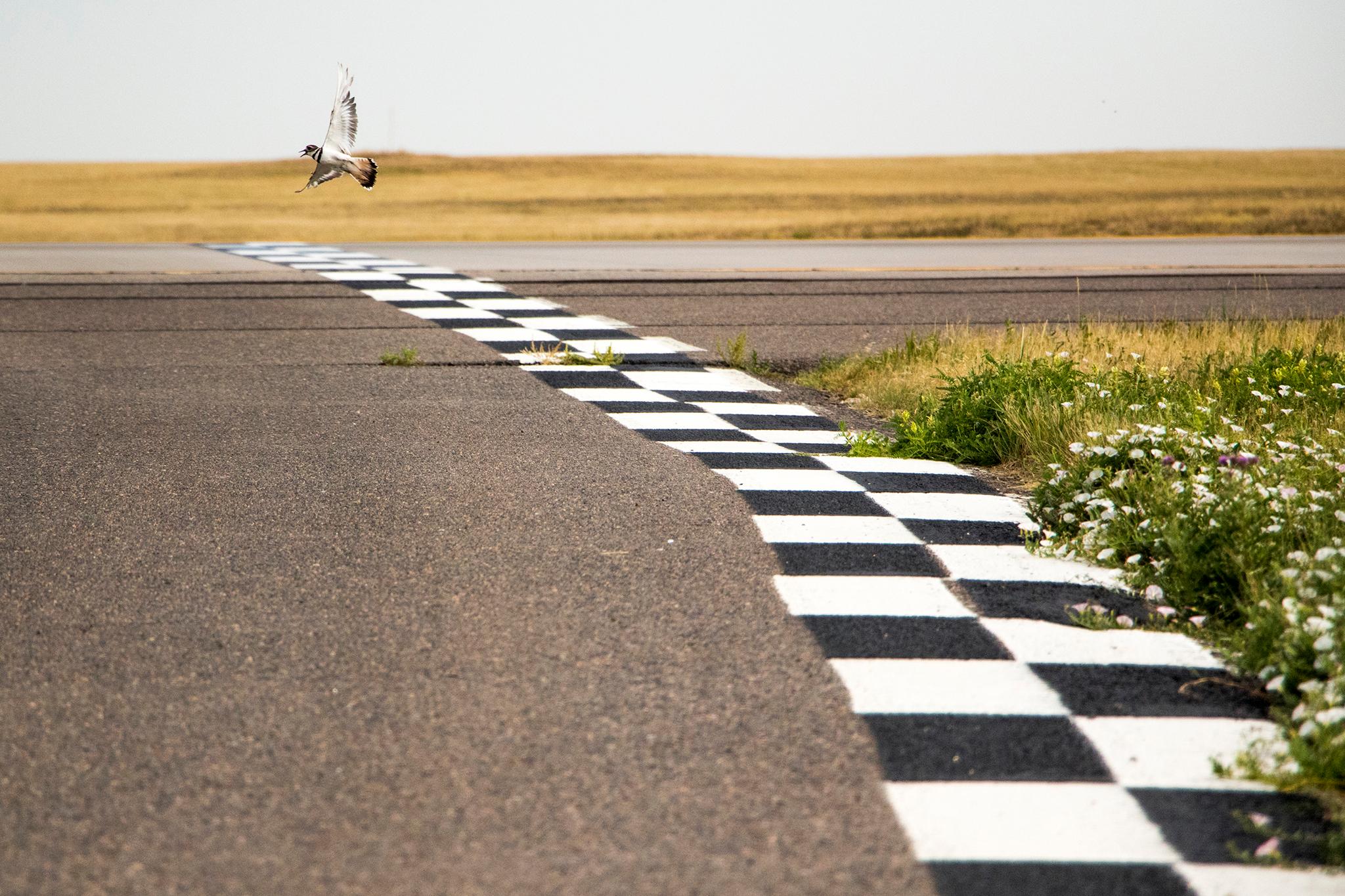
"DIA was erected in prime horned lark real estate," Spellman said. "They love that upland prairie that DIA sits in. That is their nesting habitat."
When mating season rolls around, those larks complicate things when they perform aerial mating rituals, which Spellman said is a "double whammy" for that species.
Every morning, Hodson and his team split up to inspect DIA's 53-square-mile campus to see what the local critters are up to.
Hodson has long been an outdoorsman. He studied to be a game warden, but realized he wasn't interested in law enforcement when graduation day rolled around. Instead, he found this USDA job at the airport.
"I get to be outside, I get to work with wildlife," he said. "It's a great job," though perhaps not what he expected he'd be doing in his college days.
His team's biggest concerns are the biggest birds, bald eagles and geese that could actually do some damage to aircraft.
"The whole name of the game out here is human health and safety," he said.
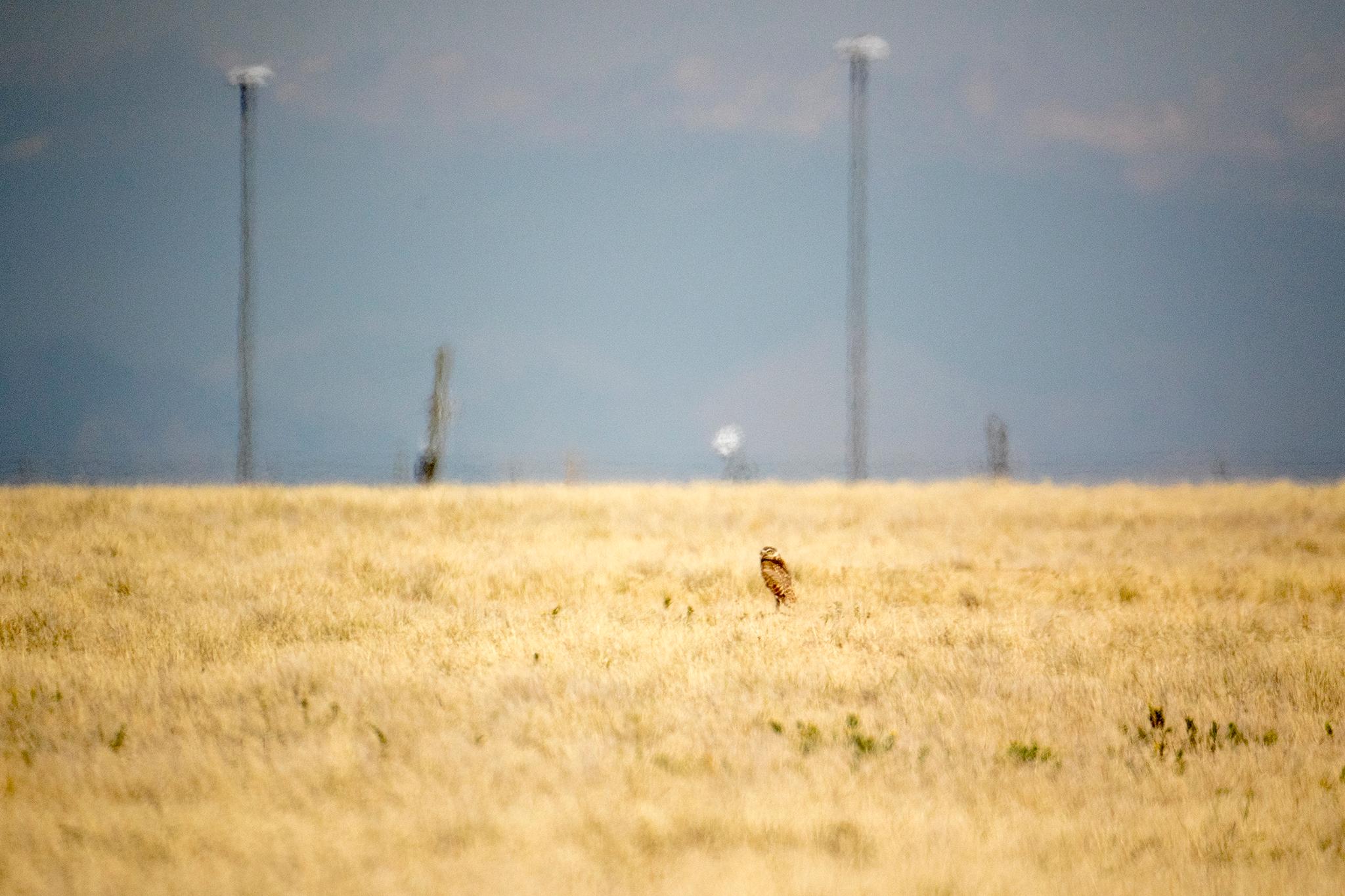
Horned larks, despite their regular showdowns with airplanes, don't exactly fit this profile.
"They're only about a 2-ounce bird," he said. "Very low on our list of our priorities."
Most of Hodson's work takes place in late spring and early autumn, Colorado's peak migratory seasons, and in the winter when bald eagles swoop in. He said DIA is home to about 15 bald eagles each year.
Usually, eagles don't get too close to runways for Hodson's team to deal with them, but those who might end up in one of DIA's Swedish goshawk traps. In this work, Hodson's team has the help of pigeons, an invasive species that aren't protected by state or federal protections. Since they're fair game, pigeons are used as, yes, live bait.
A raptor like an eagle might see a pigeon in the trap and swoop in for lunch, only to find that a caged roof has closed behind it. To make matters just a bit more annoying, the pigeon is in a protected lower compartment with food water to tide it over. Lunch is canceled.
Hodson said birds are only held captive for a few hours before they're picked up and taken to a raptor rehabber who gives them a quick check-up and then transports them to a nicer habitat 100 miles east or west of the airport.
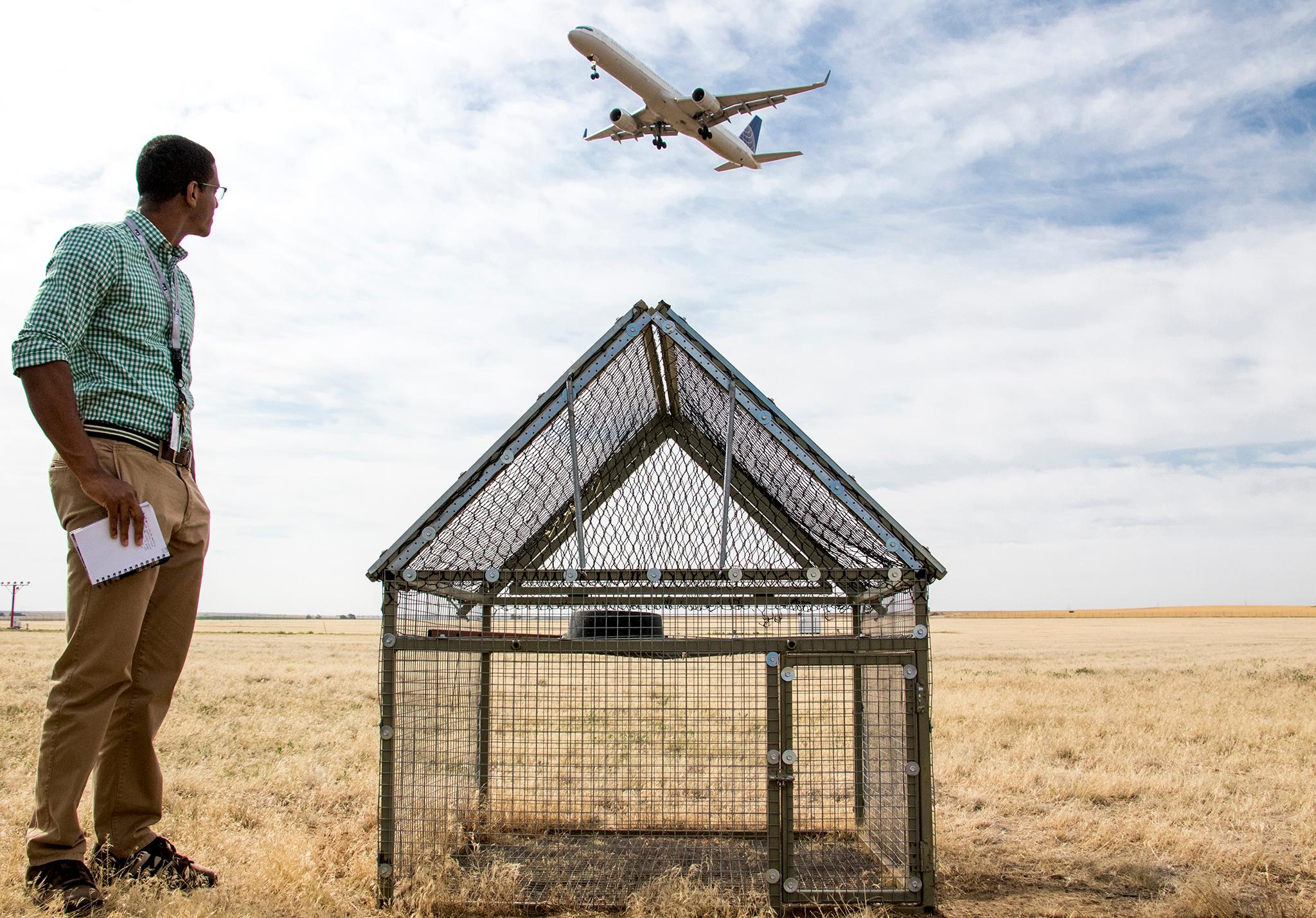
While his agency is laser-focused on keeping travelers safe, Hodson said, the process has the added benefit of keeping tabs on health issues with these charismatic species.
Now, the traps are cool, but the USDA's real work keeping bird populations at bay has more to do with land management.
This work is about culling elements in the landscape that might attract more animals than are already there.

"Drainage improvements are one of our big, key things," he said. "waterways are a natural attractant to wildlife because of the vegetation that grows in them, because of the water availability, especially out here on the dry plains."
Streams that twist through DIA's vast airfield have been systematically transformed from wild wetlands to sterile, concrete lined channels. Grass surrounding the tarmac has been carefully managed to create a "monoculture," or a single species that's been selected to keep seeds and cover at a minimum.
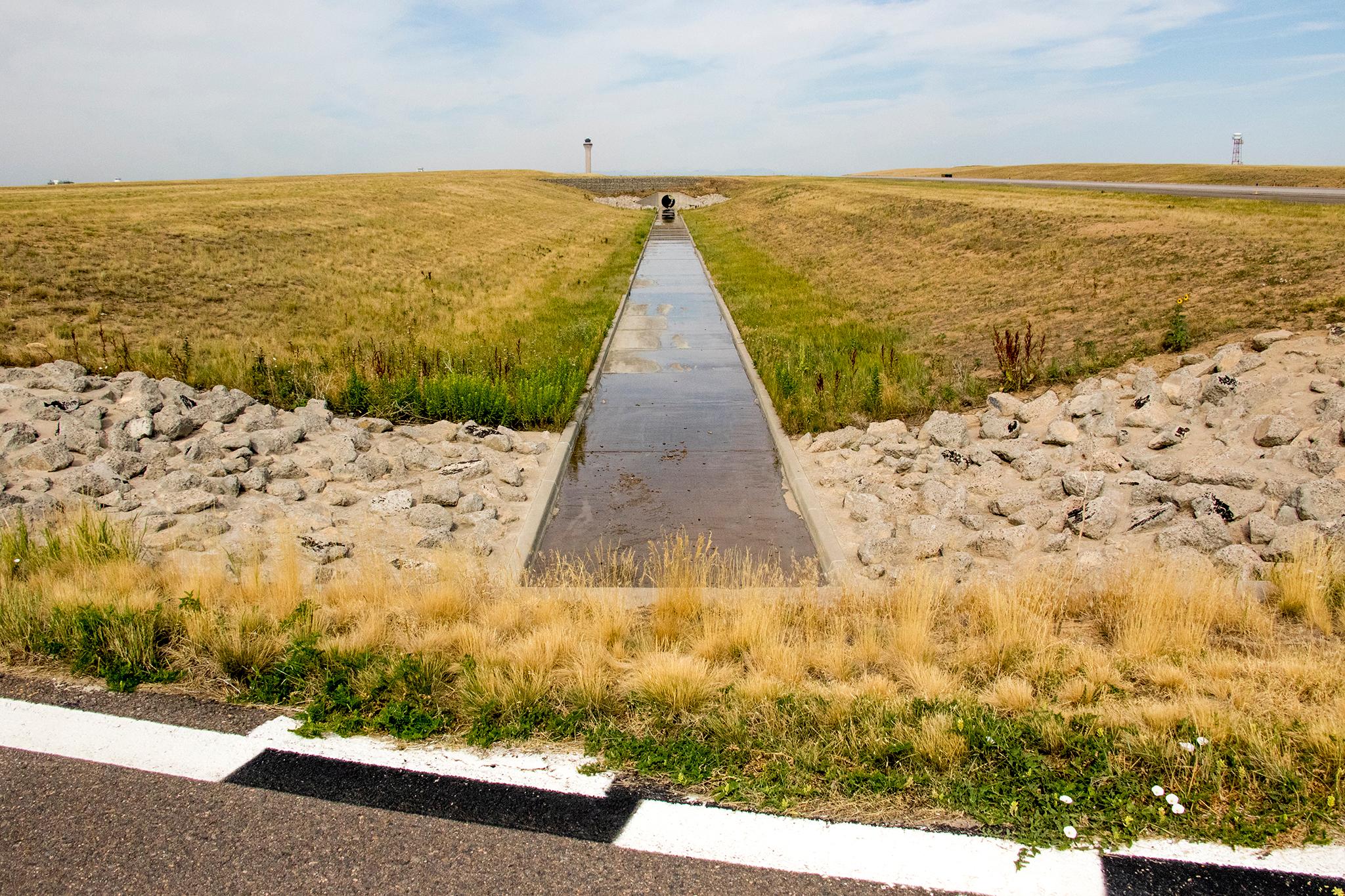
All of this is a way of eliminating food sources and hiding spots, and not just for birds. DIA's entire, sprawling campus is mowed a few times a year. Rabbits and prairie dogs are also considered attractants, so giving them less reason to camp out too close to the airport is a way to also keep carnivorous birds away.
By dealing with the biggest birds, Hodson said risks for smaller ones are also lowered: "Even though we're not putting our finger directly on horned larks, we're reducing their hazards to the airfield by managing for other species."
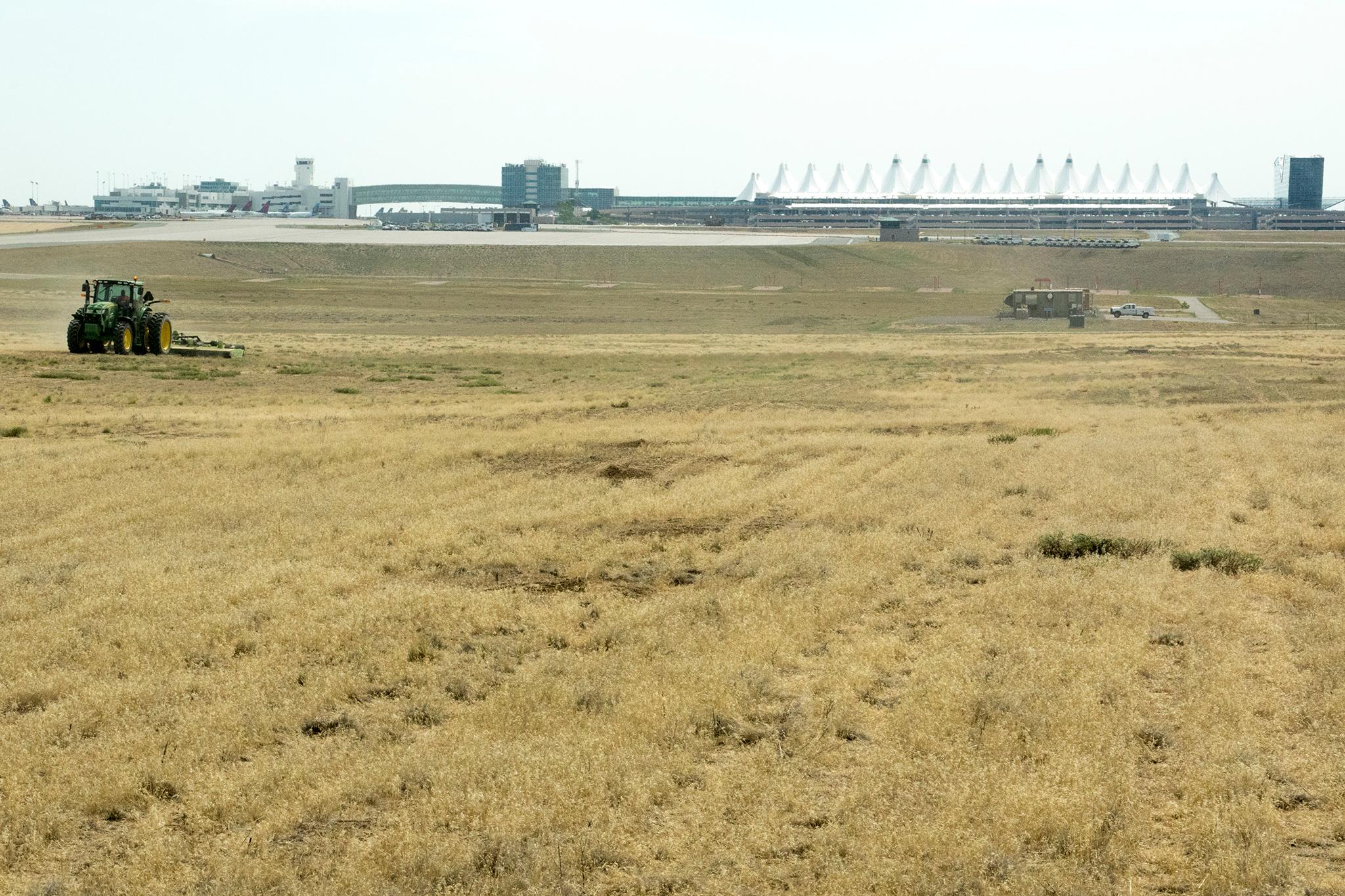
For major bird nerds like Spellman, the USDA's efforts are welcome.
"I think any way we can actually reduce the number of casualties," he said, "we want to try to do that as much as we possibly can."
And even though Hodson's mandate is to protect humans, not critters, he said he's still glad his work has an effect on everyone.
"I think it's important, being an outdoors-driven person," he said.
While travelers may not always see the airport as an ecosystem, he said Coloradans who love nature might be on board with his agency's work.
"I think it's important to know that there is at least somebody interested in protecting those values," he said. "I think the majority of the flying public would be appreciative."
